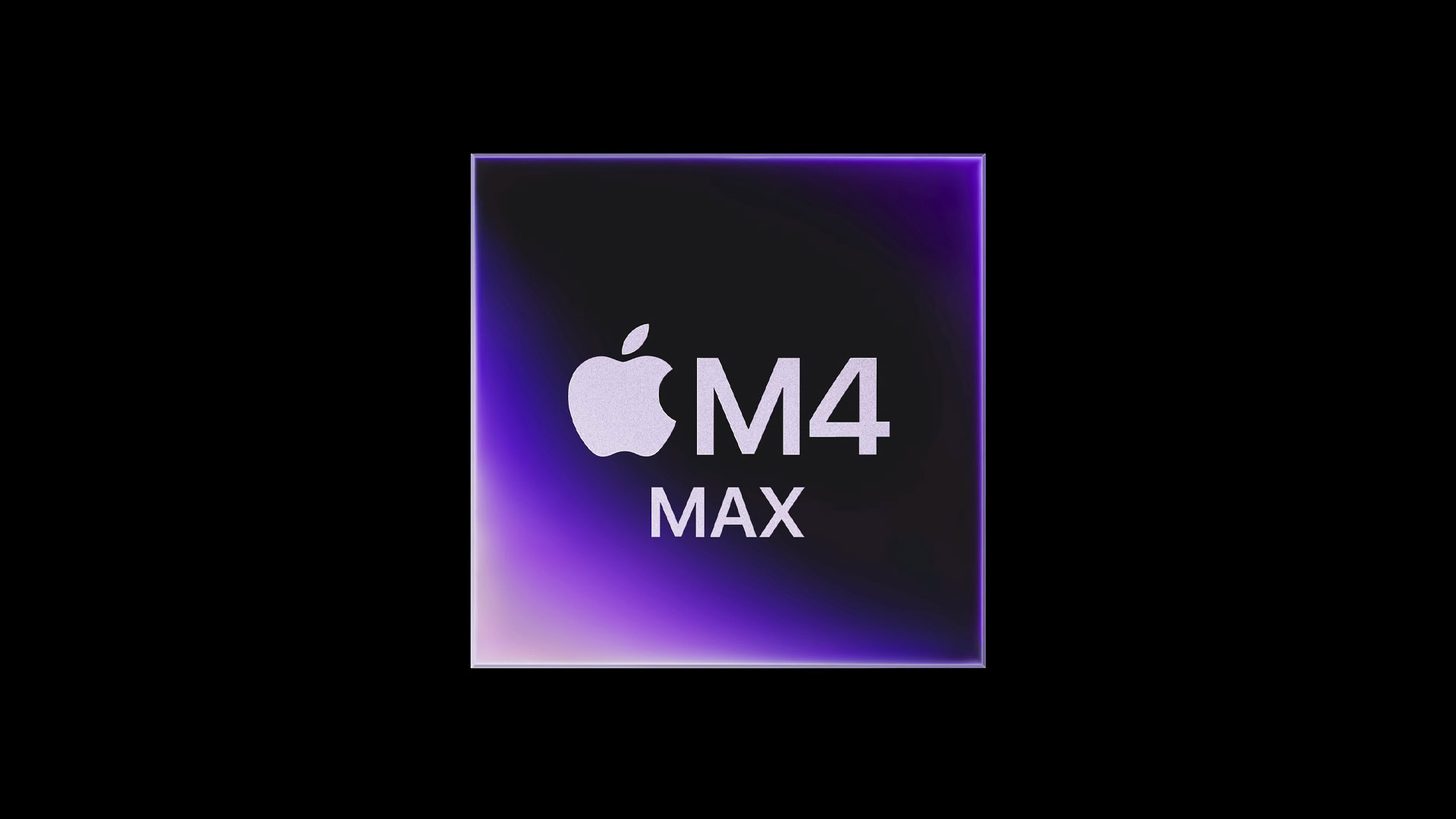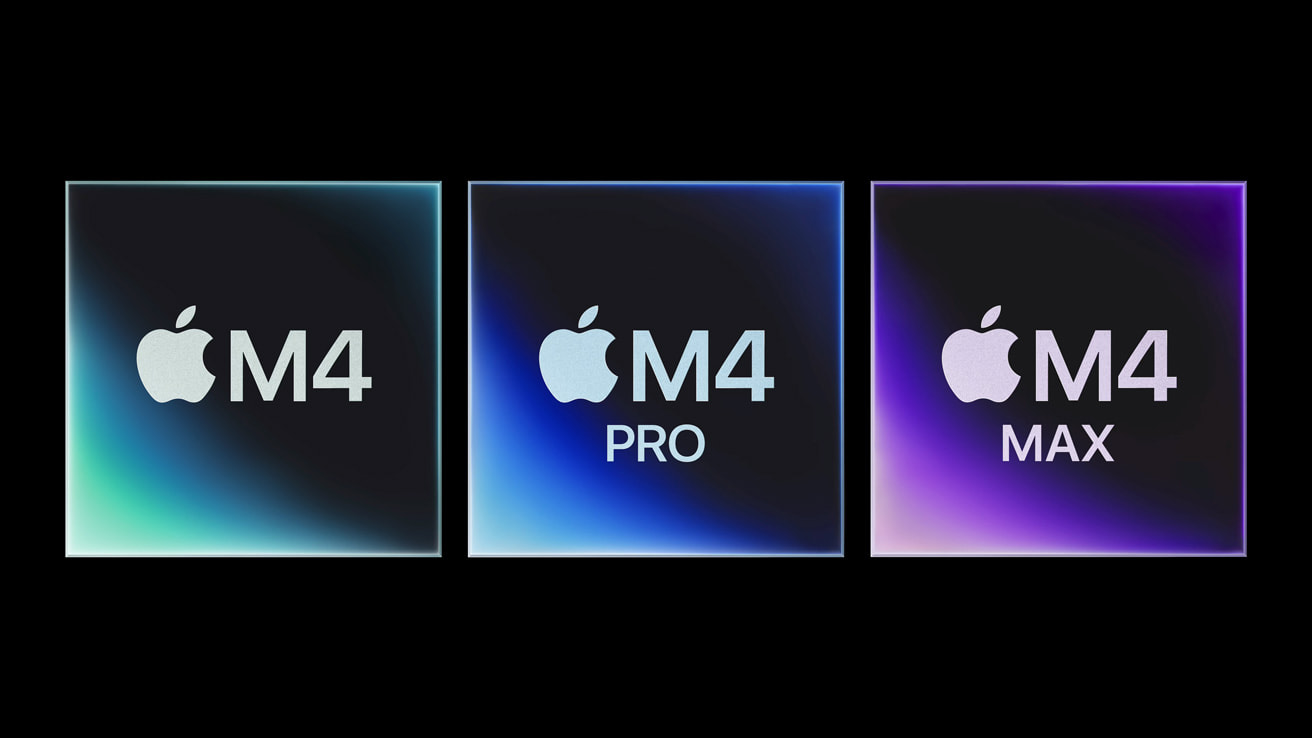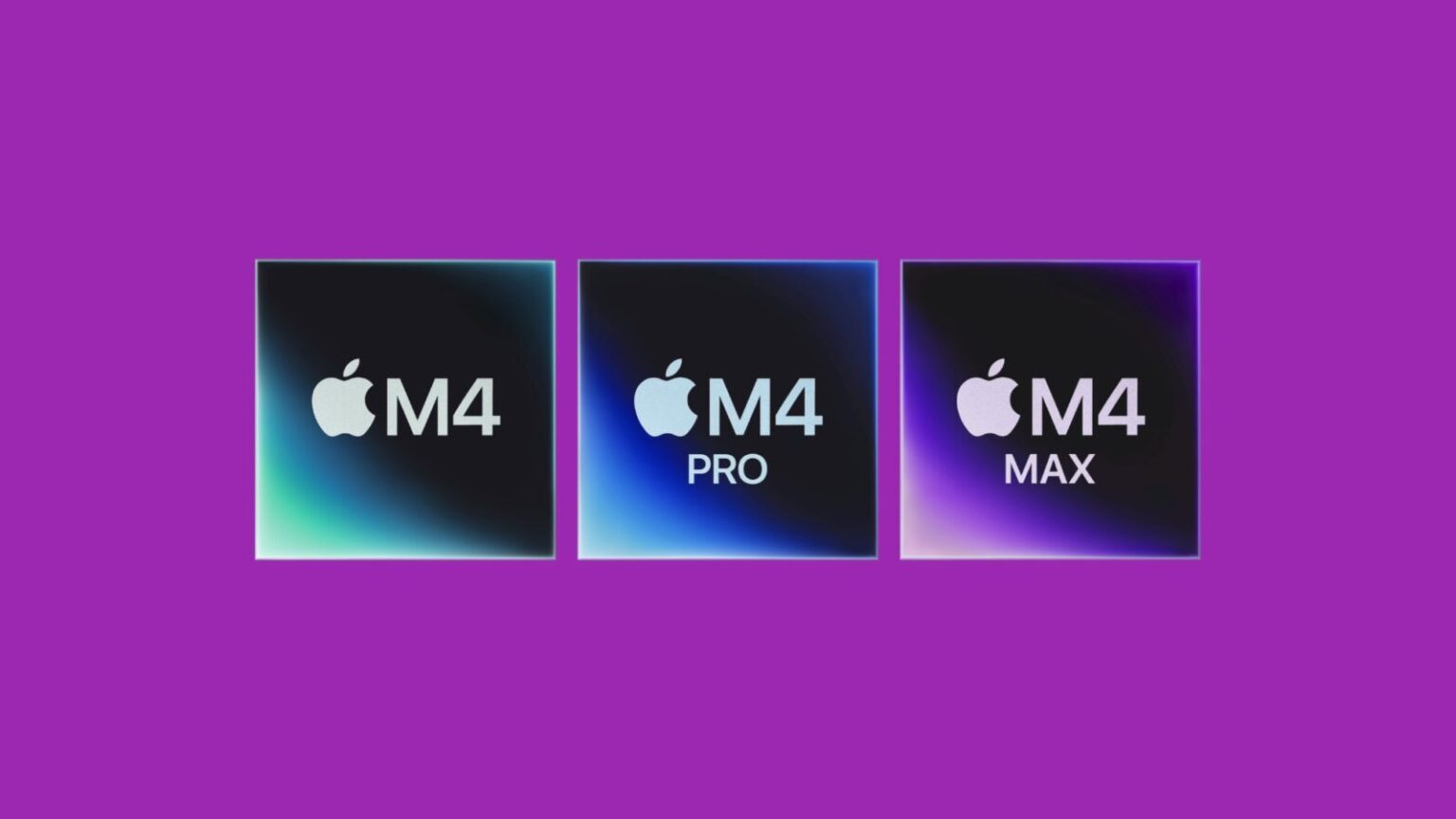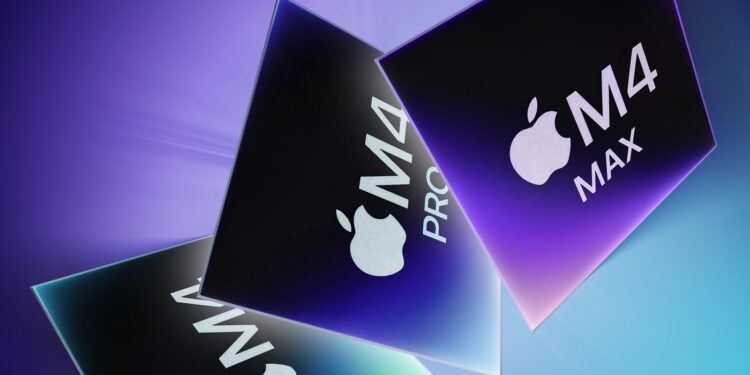Apple’s recent release of its updated MacBook Pro lineup, featuring the M4, M4 Pro, and the robust M4 Max chipsets, has once again set the stage for a competitive showdown in the laptop market. Just last week, the first batch of CPU benchmarks, sourced from Geekbench, showcased a promising future for the new Apple silicon, especially the M4 Max. However, the real excitement builds as we delve into the GPU benchmarks, highlighting the graphic prowess of the M4 Max against formidable rivals.
The latest GPU benchmark scores, pulled from the Blender Open Data platform, reveal some impressive numbers. For those not familiar, the Blender benchmark isn’t your typical synthetic test; it’s designed to gauge real-world performance by allowing users to test Blender’s rendering capabilities on their devices, using both CPU and GPU settings.

Performance Comparison: M4 Max vs Nvidia’s Finest
The M4 Max chipset, through rigorous testing across 28 Blender scenarios, boasts an average score of 5208. This places it slightly below the mobile version of Nvidia’s RTX 4080 but notably ahead of heavy hitters like the desktop RTX 3080 Ti and the current generation desktop RTX 4070. What makes this particularly remarkable is that Apple’s graphics powerhouse is integrated directly on-chip. This is in stark contrast to Nvidia’s discrete solutions like the RTX 3080 Ti and RTX 4070, which require considerable space within a desktop setup.
However, the landscape shifts when pitting the M4 Max against the crème de la crème of Nvidia’s lineup, particularly the RTX 4090 Laptop version. The latter scores an impressive 6863 on average, showcasing a roughly 30% increase in performance over Apple’s top-tier M4 Max. This points to a gap that Apple might still need to bridge in the future, particularly for users whose top priority is maxing out performance, regardless of the efficiency benefits that the M4 Max offers.

Efficiency vs Performance: Striking the Right Balance
While the M4 Max might not claim the top spot in ultimate performance, it shines in the efficiency department. The chipset operates with significantly less power than its Nvidia counterparts, particularly those favored in high-end Windows laptops. This efficiency is a crucial selling point for professionals and creatives who need strong performance without the bulk or energy drain of traditional high-performance setups.

Looking Ahead: The Potential of M4 Ultra
Speculation around what’s next is already bubbling up, with discussions pointing towards a potential M4 Ultra chip. If Apple were to double down on the capabilities of the M4 Max, it could potentially surpass the desktop RTX 4090’s impressive score of 10880. Such a development would not only shake up the market but would also make the next generation of Mac Studio an even more enticing prospect for power users.
In summary, while the M4 Max may not yet outpace the highest echelons of graphics performance, its blend of efficiency and power holds considerable appeal. It’s a compelling choice for those looking to balance high-end graphics capabilities with the sleekness and energy efficiency that MacBook Pros are known for. As technology advances, it will be interesting to see how Apple continues to refine its chipset offerings to meet and possibly exceed the benchmarks set by industry leaders.










